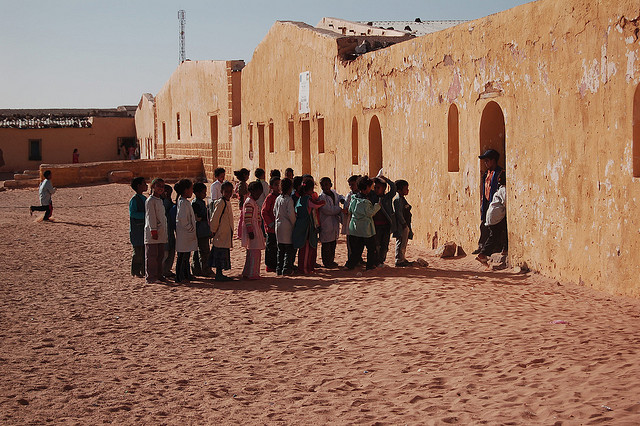Global education aid has fallen significantly. It fell six percent between 2010 and 2011, and another 3 percent in 2012. The drop has brought funding levels back to par with 2008 funding. The figures were released recently by UNESCO’s Education For All (EFA) Global Monitoring Report. This is the first time aid funding for education has fallen since 2002.
The report was published in anticipation of UNESCO’s Global Partnership for Education’s Replenishment Pledging Conference, which will take place June 25-26 in Brussels. Donors are being faced with a request to raise $3.5 billion to educate the world’s poorest.
Over 50 million children and 70 million adolescents are currently not in school. The hardest hit by the funding cuts include the countries that need the funding most, such as sub-Saharan Africa–the home of more than half the world’s out-of-school children.
Irina Bokova, Director-General of UNESCO, said, “When so many girls and boys are still out of school and not learning, the continuing drop in funds for education is cause for serious concern. Increasing external support for education is an ethical and development imperative. We know the difference that well-targeted aid can make in helping countries to put quality education first.”
Education is not the only area of aid funding that has declined. Overall aid has decreased by a percent globally, which has caused UNESCO to state that education is not a priority development goal at present. Education aid accounts for two percent of humanitarian appeals–half the target amount set by the UN in 2013 and one of the smallest proportions of requests made for funding.
Two of the countries with the most out-of-school children, India and Pakistan, have the largest funding cuts to basic education.
The Global Partnership for Education, which will meet later this month, has the stated goal of ensuring “sufficient and sustainable financing for education in our partner countries and achieve GPE’s vision of all children in school and learning…” Two hundred and fifty children in the world today cannot read and write by grade four.
By Sid Douglas
